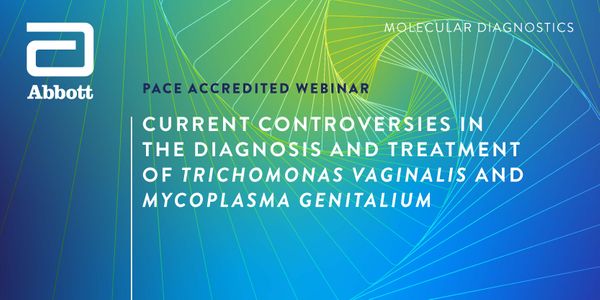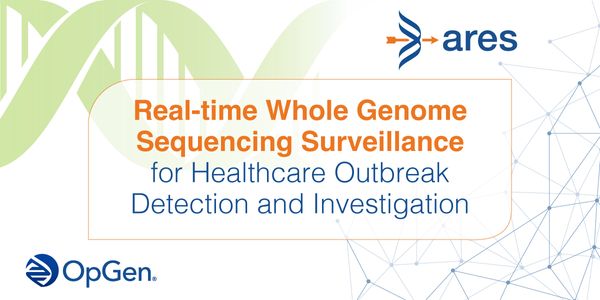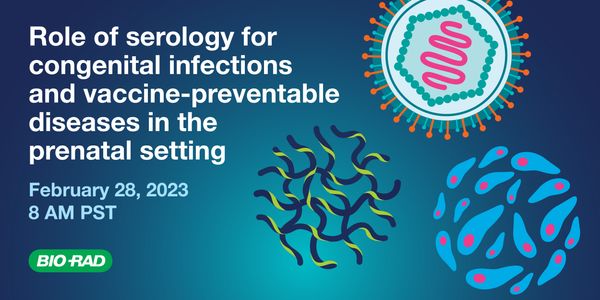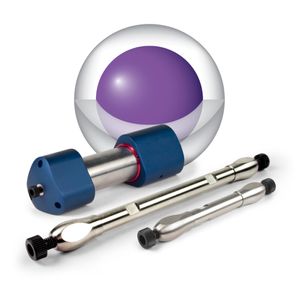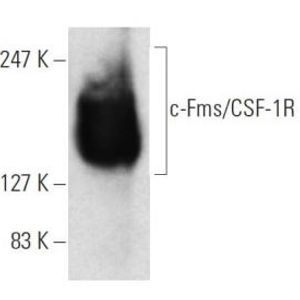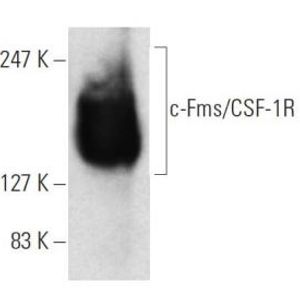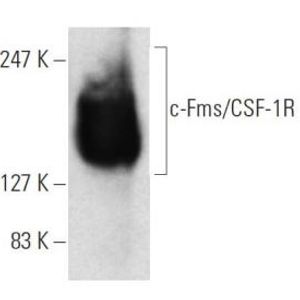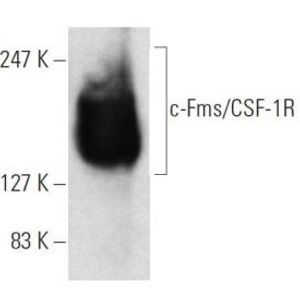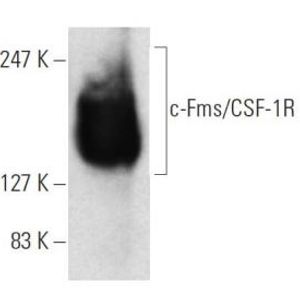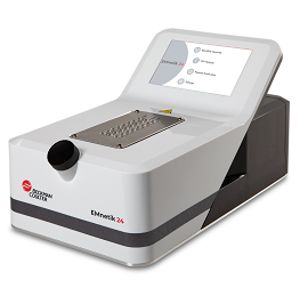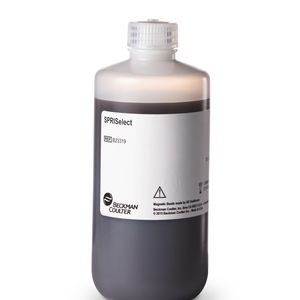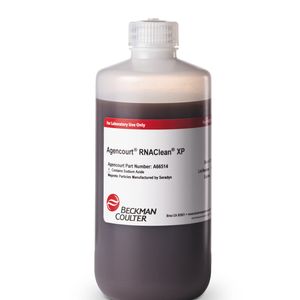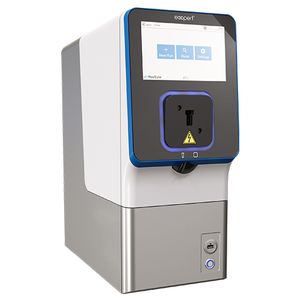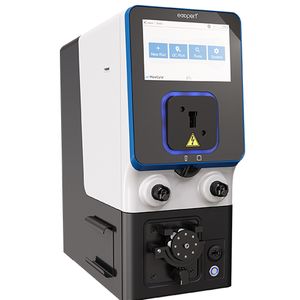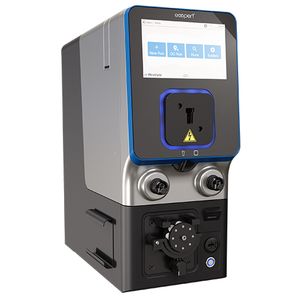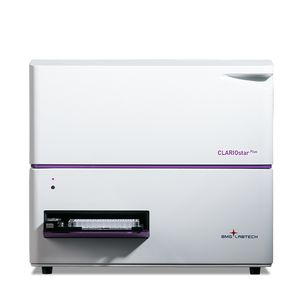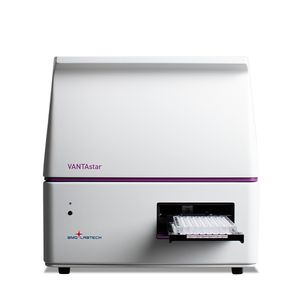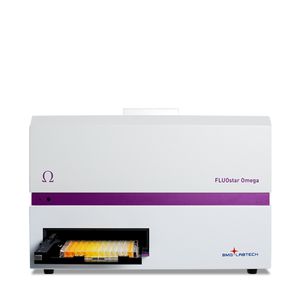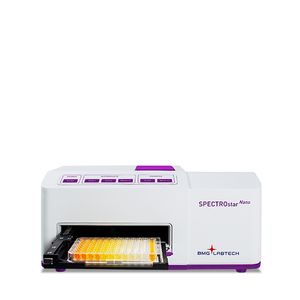WEBINARS
Our webinars allow users to learn from experts and earn continuing education credits on industry topics, progress in research, services available, and more.
Show More
-
MAR 16, 2023 | 10:00 AMDate: March 16, 2023 Time: 10:00am (PST), 1:00pm (EST), 7:00pm (CET) On Thursday March 16, COPAN Diagnostics is pleased to release presentations given at an event held during ASM Microbe 202...
-
MAR 16, 2023 | 8:00 AMDate: March 16, 2023 Time: 8:00am (PST), 11:00am (EST), 5:00pm (CET) Protein polymerization underpins major biological processes, such as cell division and intracellular transport, while und...
-
MAR 10, 2023 | 9:00 AMDate: March 10, 2023 Time: 9:00am (PST), 11:00am (CST), 12:00pm (EST) Join Dr. Muzny and Dr. Geisler as they discuss the epidemiology, screening and diagnostic testing recommendations, and cu...
-
Spatial mapping of pain-associated G-Protein coupled receptors and bio-marker localization in mouse brain using RNAscope HiPlex v2 and RNA-Protein Co-Detection Assays....
Deep–Brain Stimulation (DBS) has become an effective means of treating a variety of neurological conditions. Most DBS systems work are "open-loop," and apply constant stimula...
Artificial neural networks can be useful for studying brain functions. In cognitive neuroscience, recurrent neural networks are often used to model cognitive functions. I will first offer my...
In this talk, we will discuss the nuts and bolts of the novel continuous-time neural network models: Liquid Time-Constant Networks (LTCs). Liquid neural networks are nonlinear state-space mo...


